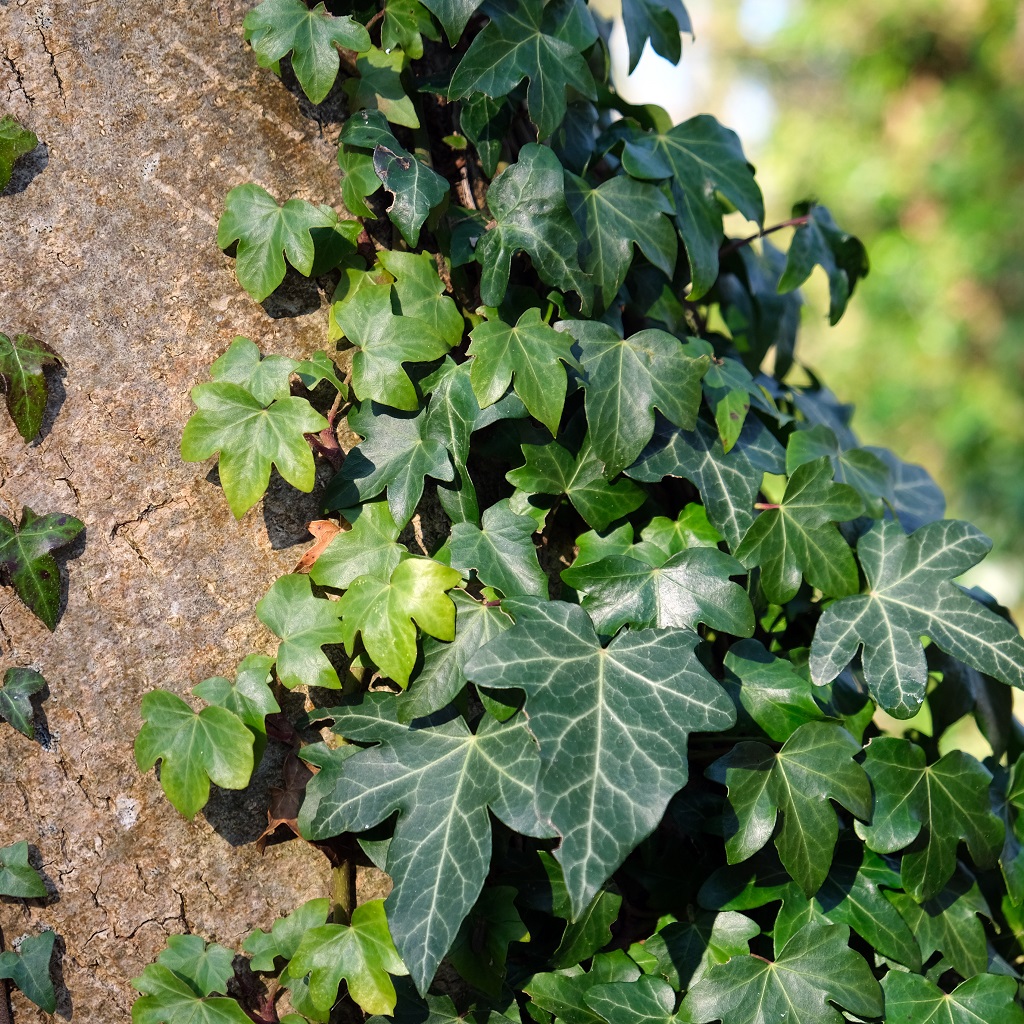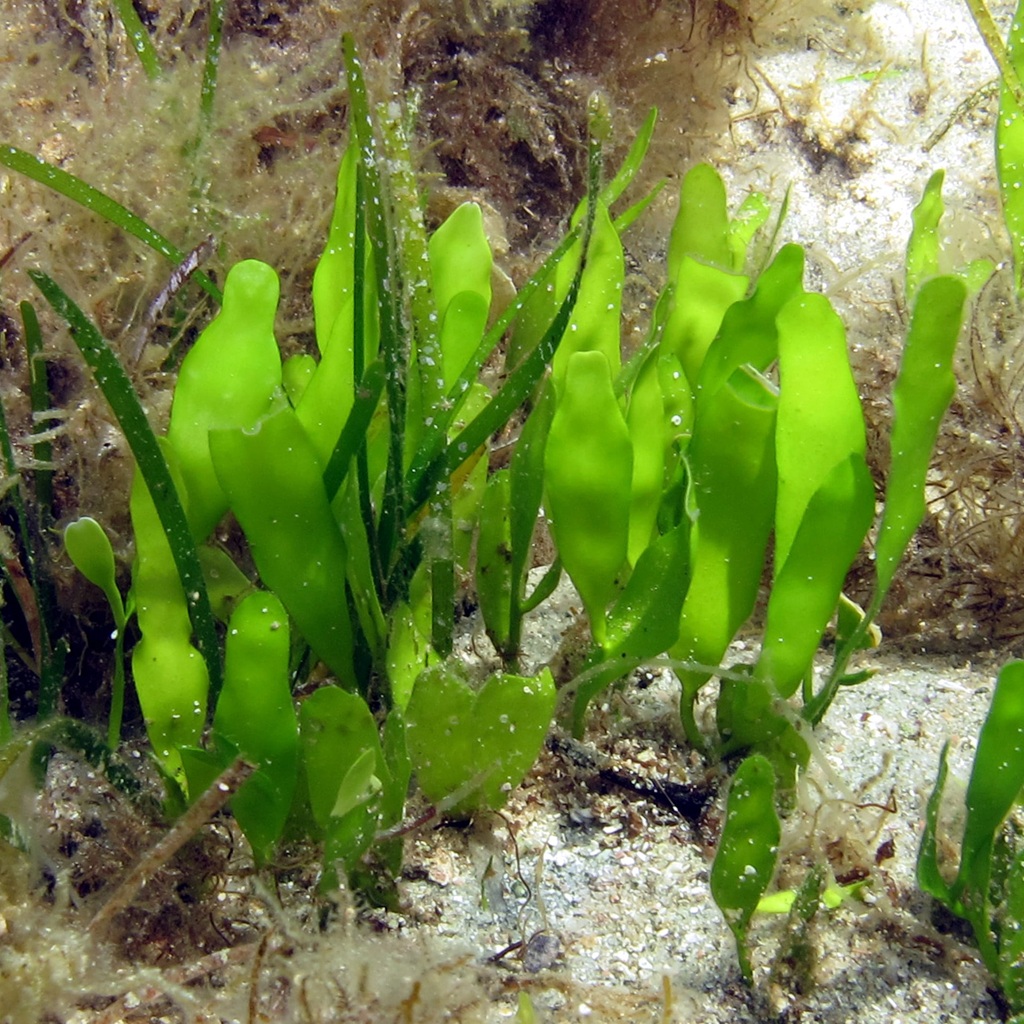Category: Invasive Species
Invasive species are non-native organisms (plants, animals, etc.) that can cause significant harm to their new environment, including the economy, human health, and the ecosystem itself. These species often thrive in their new locations due to the absence of natural predators or competitors, leading to rapid population growth and widespread damage.
-

Invasive Species Spotlight: Water Hyacinth
Water hyacinth (Eichhornia crassipes) is an invasive aquatic plant that rapidly spreads and can cause significant ecological and economic damage. Native to the Amazon Basin, it’s now found in various regions worldwide and is considered highly invasive due to its rapid growth and reproduction. Impacts of Water Hyacinth: Management and Control: Preventing Water Hyacinth Spread:
-

Invasive Species Spotlight: English Ivy
English Ivy (Hedera helix) is an invasive plant species, especially dangerous to trees due to its ability to smother and weaken them by shading their leaves and adding excess weight to branches. It also forms dense groundcover, disrupting native plant communities and harming wildlife. Impact on Trees and Ecosystems: Threat to Wildlife: Altered ecosystems and…
-

Invasive Species in San Diego, California
Invasive species, particularly the algae Caulerpa prolifera, pose a significant threat to the ecosystem and local economy in San Diego. Discovered in September 2023 in San Diego Bay, this algae, native to Florida and other subtropical regions, can quickly spread and disrupt the bay’s delicate balance. The Port of San Diego is actively fighting against…